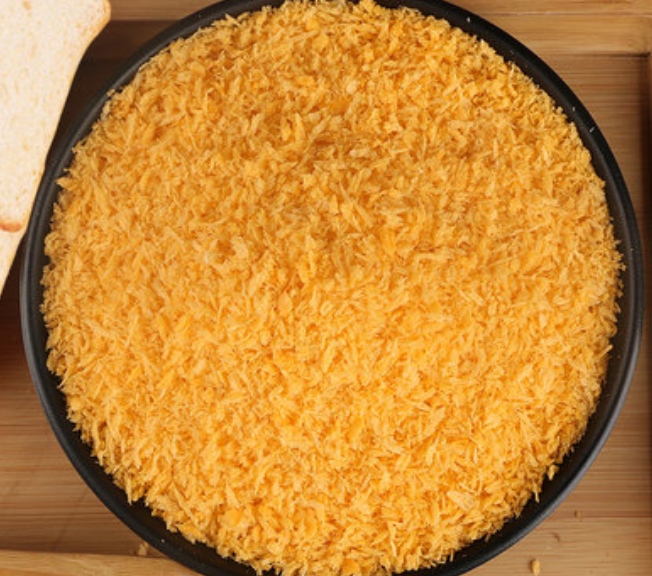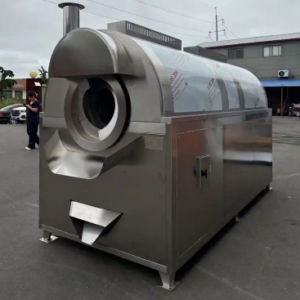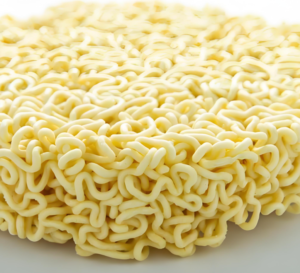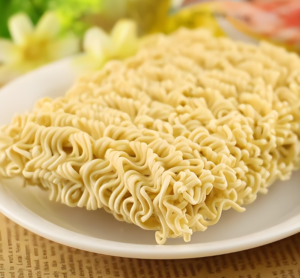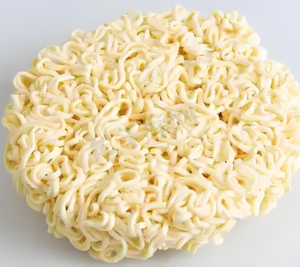Production of Needle-Shaped Breadcrumbs: A Comprehensive Manufacturing Guide
1. Introduction to Needle-Shaped Breadcrumbs
Needle-shaped breadcrumbs, also known as filamentous or fibrous breadcrumbs, represent a specialized variety of coating material widely used in the food industry. These unique breadcrumbs feature an elongated, thread-like structure that provides exceptional adhesion properties and creates a distinctive crispy texture when fried. Unlike conventional breadcrumbs that offer granular coverage, needle-shaped varieties form an interlocking network that:
breadcrumbs making machine
Toggle- Enhances product yield by reducing coating loss
- Creates superior crispness through increased surface area
- Improves visual appeal with a distinctive textured appearance
- Provides better moisture retention for juicier fried foods
2. Raw Material Selection and Preparation
2.1 Primary Ingredients
The production of high-quality needle-shaped breadcrumbs begins with careful ingredient selection:
Base Materials:
- Wheat flour (70-75%): Medium protein content (10-12%) for optimal structure
- Water (25-30%): Precisely controlled hardness and pH levels
- Yeast (0.5-1.5%): Selected strains for consistent fermentation
- Salt (1-1.5%): Grain size controlled for even distribution
- Sugar (0.5-1%): Typically sucrose or glucose syrup
Functional Additives:
- Dough conditioners (0.1-0.3% ascorbic acid)
- Emulsifiers (0.2-0.5% mono/diglycerides)
- Enzyme preparations (amylases, xylanases)
2.2 Quality Control Measures
Raw materials undergo rigorous testing:
- Flour: Farinograph analysis for water absorption and stability
- Yeast: Vitality testing through CO₂ production measurement
- Water: Microbiological and mineral content analysis
3. Dough Processing Stage
3.1 Mixing Technology
Specialized horizontal mixers operate under controlled conditions:
- Mixing time: 8-12 minutes
- Dough temperature: 26±1°C
- Vacuum mixing (0.6-0.8 bar) to reduce oxygen and improve texture
3.2 Fermentation Process
The dough undergoes a two-stage fermentation:
- Bulk fermentation: 60-90 minutes at 28°C, 75% RH
- Intermediate proofing: 20-30 minutes after dividing
Advanced monitoring systems track:
- pH evolution (target final pH 5.2-5.6)
- Dough rheology using dynamic mechanical analysis
- Gas production rates
4. Unique Extrusion Process for Needle Formation
4.1 Specialized Extrusion Equipment
Needle-shaped breadcrumbs require customized extrusion systems featuring:
- Multi-zone temperature control (30-50-70°C progression)
- Precision die plates with micro-channels (0.3-0.5mm diameter)
- Variable speed cutter (300-500 rpm)
4.2 Critical Process Parameters
- Extrusion pressure: 15-25 bar
- Dough moisture: 34-36% at extrusion point
- Throughput rate: 150-200 kg/hour for standard lines
- Product length control: 3-8mm through adjustable cutting
5. Drying Technology
5.1 Multi-Stage Drying System
The extruded filaments undergo a carefully controlled drying process:
Stage 1: Pre-drying
- Temperature: 60°C
- Time: 15-20 minutes
- Moisture reduction: 36% → 25%
Stage 2: Main drying
- Temperature: 80-85°C
- Time: 40-50 minutes
- Moisture reduction: 25% → 12%
Stage 3: Final conditioning
- Temperature: 50°C
- Time: 10-15 minutes
- Final moisture: 8-10%
5.2 Advanced Drying Technologies
Modern installations may incorporate:
- Microwave-assisted drying (reduces total time by 30%)
- Infrared pre-treatment for surface setting
- Heat pump systems for energy efficiency
6. Size Classification and Quality Control
6.1 Precision Screening
The dried product passes through a series of vibrating screens:
- Primary screen: Removes oversize particles (>2mm)
- Secondary screen: Separates target fraction (0.5-2mm)
- Fine collection: Recovers undersize for reprocessing
6.2 Quality Assurance Protocols
Physical Tests:
- Bulk density: 280-320 g/L
- Water absorption: 180-220% (1 minute immersion)
- Oil absorption: 120-150% (measured by centrifuge)
Microscopic Analysis:
- Fiber length distribution (image analysis)
- Cross-sectional geometry
- Surface porosity measurement
Sensory Evaluation:
- Crispness index (acoustic measurement)
- Color uniformity (CIE Lab* values)
- Mouthfeel characteristics
7. Specialized Applications
Needle-shaped breadcrumbs excel in specific applications:
1. Premium Fried Chicken:
- Creates extra-crispy texture
- Reduces oil absorption by 15-20%
- Improves visual appeal
2. Seafood Products:
- Excellent adhesion to moist surfaces
- Maintains crispness longer
- Resists sogginess
3. Vegetarian Alternatives:
- Mimics meat-like texture
- Enhances structural integrity
- Improves browning characteristics
8. Comparison with Conventional Breadcrumbs
| Characteristic | Needle-Shaped | Conventional |
|---|---|---|
| Structure | Elongated fibers | Granular particles |
| Bulk Density | 280-320 g/L | 400-450 g/L |
| Oil Absorption | 120-150% | 180-220% |
| Adhesion Strength | 25-35 N/cm² | 15-25 N/cm² |
| Crispness Duration | 50-60 minutes | 30-40 minutes |
| Production Cost | 15-20% higher | Baseline |
9. Industry Trends and Innovations
9.1 Ingredient Developments
- Gluten-free formulations using rice/potato starch blends
- Protein-enriched versions for nutritional enhancement
- Flavored variants (cheese, spices) incorporated during extrusion
9.2 Process Innovations
- 3D extrusion for customized fiber architectures
- Continuous fermentation systems
- AI-based process optimization
9.3 Sustainability Focus
- Byproduct utilization (brewers spent grain incorporation)
- Energy-efficient drying technologies
- Water recycling systems
10. Conclusion
The production of needle-shaped breadcrumbs represents a sophisticated application of food engineering principles, combining specialized extrusion technology with precise drying control. This manufacturing process yields a premium coating material that offers:
- Superior technical performance compared to conventional breadcrumbs
- Enhanced sensory characteristics
- Improved processing efficiency for industrial users
- Greater versatility in product applications
As consumer demand for premium textured foods grows and foodservice operators seek coating solutions that deliver consistent quality, needle-shaped breadcrumbs continue to gain market share. Future developments will likely focus on sustainable production methods and customized texture solutions while maintaining the exceptional functional properties that define this unique product category.
Would you like more detailed information about any specific aspect of needle-shaped breadcrumb production, such as extrusion die designs or quality testing methodologies?

